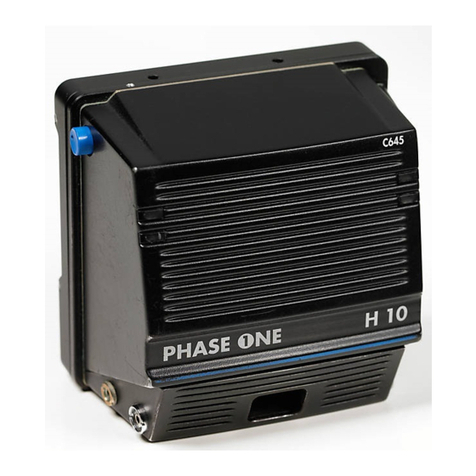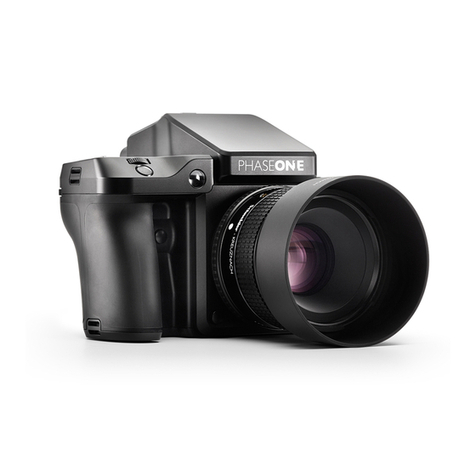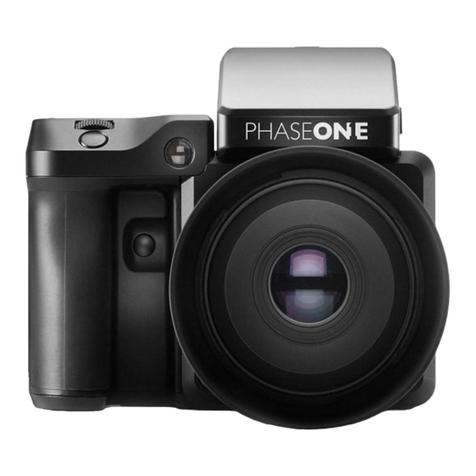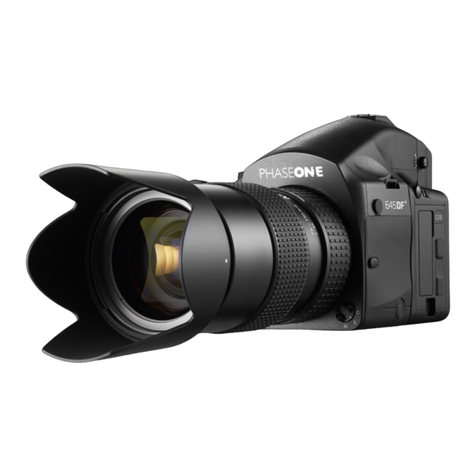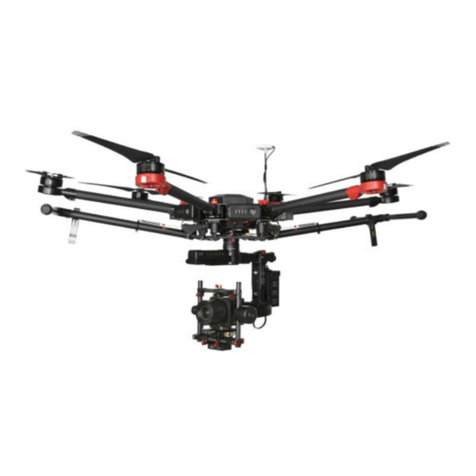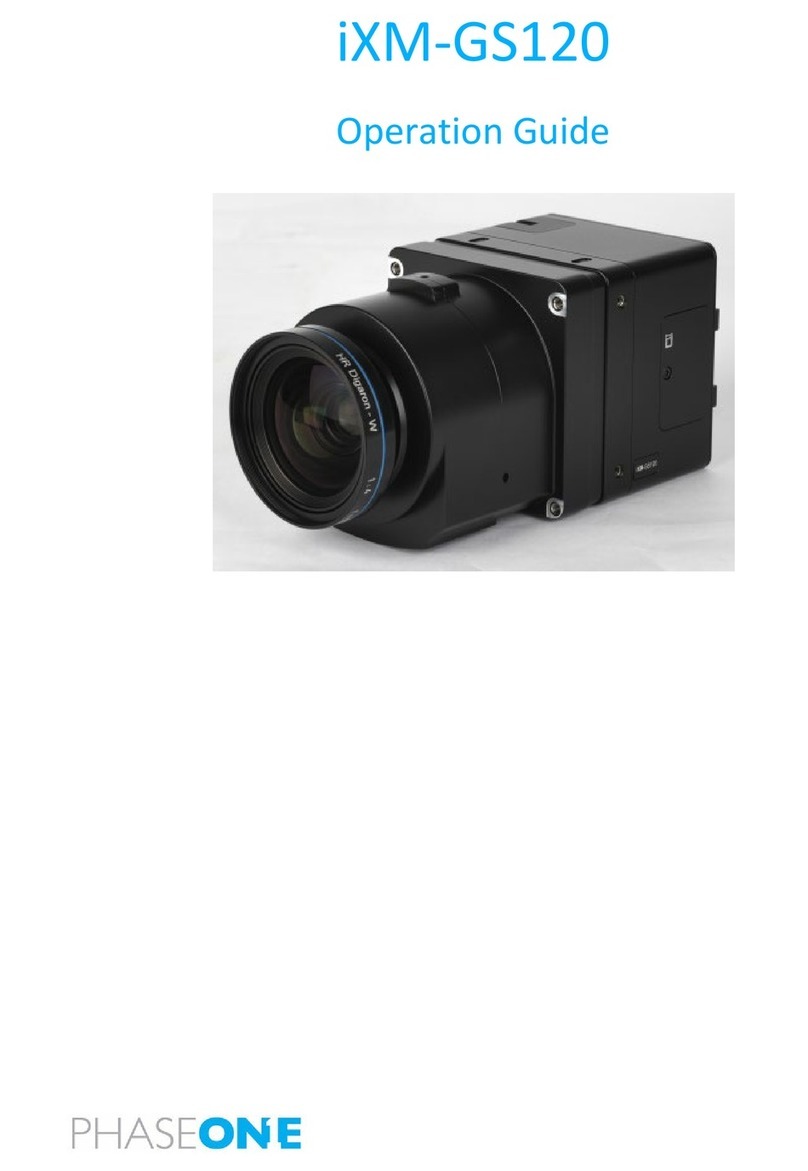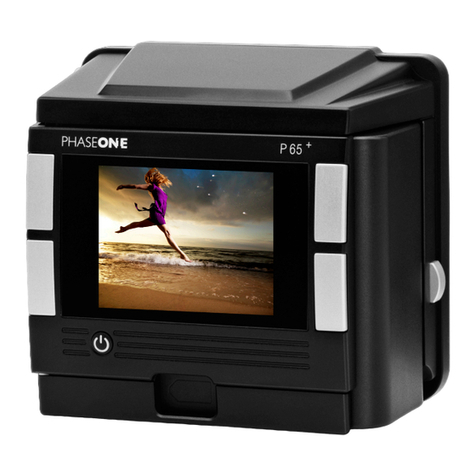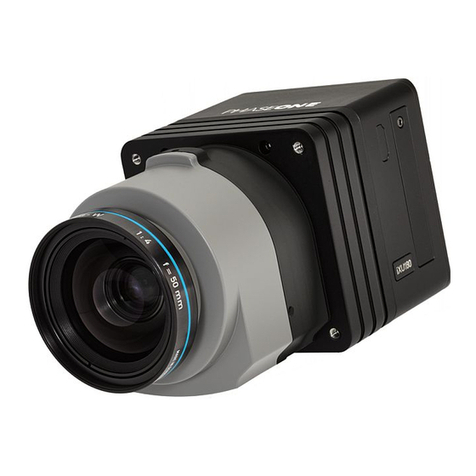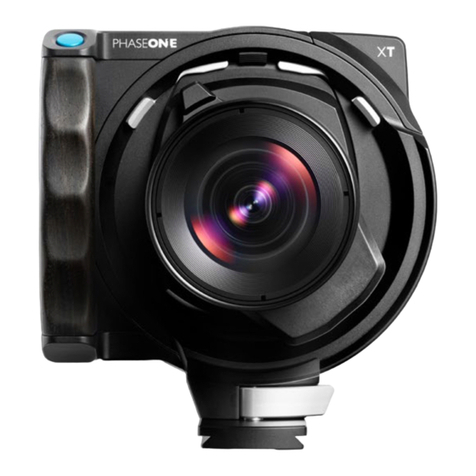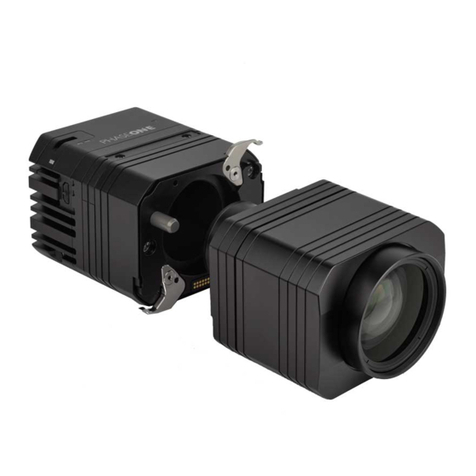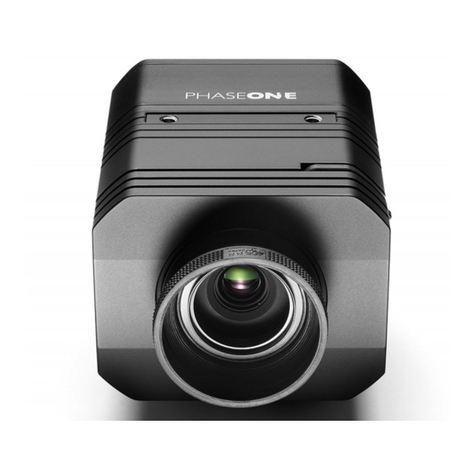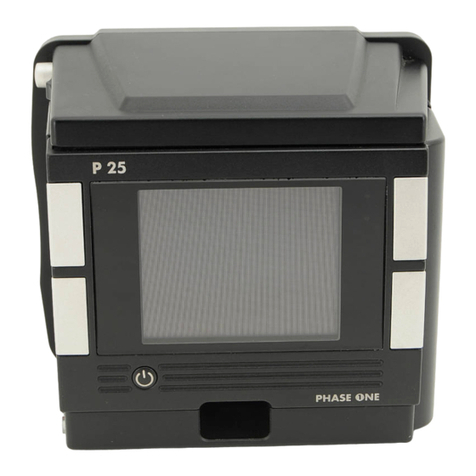
1312
Black Reference Sequence
Understanding Black Reference
A black reference is the process of reading the sensor output
during an exposure without the sensor being exposed to
light. This data is written to the camera and used to subtract
from the regular capture.
Updating the black reference data whenever it is possible
enhances the image quality, in particular when shooting in
conditions where the temperature of the camera changes. If
the exposure time varies a lot, the black calibration reference
data should be updated.
It is advisable to make a black reference capture before
starting your first flight line and if the exposure settings
or ISO have been changed. This ensures the accuracy of
exposures. The best time to do this is before starting a new
flight line, when images are not being captured.
Note: Black reference is performed automatically on taking
the first shot after switching the camera on.
1 μS
min
Busy
Forcing Black
ReadyReady
System
State
Black
Reference
Control
Capture Sequence
Figure 2 : Black Reference Timing
Busy Busy VOH
VOL
VIH
VIL
Suppress Black Suppress Black
1 μS
min 1 μS
min
Hardware Activation of Black Reference
If you are building your own hardware control box, you can
update the black reference data in the camera. The black
reference control signal should be kept low while an image
capture cycle is initiated. The signal must remain low for the
full capture cycle. This makes it possible to create a black
reference whenever it is convenient (i.e. when turning an
aircraft around or between flight lines). When the force black
signal is kept high, the camera uses the last updated black
reference data.
Software Activation of Black Reference
The Phase One iXU-RS 1900 camera can perform a black
reference sequence by using the iX Capture application, the
Phase One SDK, the Flight Management System or through
an iX Link API.
When using iX Capture, simply click Black Ref on the iX
Capture dashboard to update the black reference.
Wiring a Control Cable for an iXU-RS1900
External devices are connected to the camera with an iXU
RA control cable (supplied with the camera kit). This cable
has a LEMO-secured connector on one side for the camera
and an open side with nine (28 AWG) wires for connection to
your system.
The table below describes the functionality of the wires in
the iXU RA control cable.
Figure 2: iXU-RS 1900
Control Cable Plug Pinout
Figure 3: iXU-RS 1900
Camera Socket Pinout
4
3
2
65
9
1
7
8
6
7
8
45
9
1
3
2

